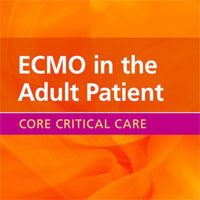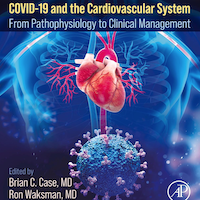Tag: intubation
Video Laryngoscopy for Endotracheal Intubation of Critically Ill Adults
Endotracheal intubation (EI) in intensive care unit (ICU) patients is associated with an increased risk of life-threatening adverse events due to unstable conditions, rapid deterioration, limited preparation time, and variability... read more

Diagnostic Value of Procalcitonin on Early Postoperative Infection After Pediatric Cardiac Surgery
Procalcitonin was more accurate than C-reactive protein and WBC to predict early postoperative infection, but the diagnostic properties of procalcitonin could not be observed during the first 3 postoperative days due to the... read more

Video vs direct laryngoscopy in the ICU: are we asking the right question?
Endotracheal intubation in the operating room (OR) and the ICU are different procedures, but this is not always recognized. The ICU patient should be evaluated as a physiologically difficult airway, in contrast to the traditional... read more
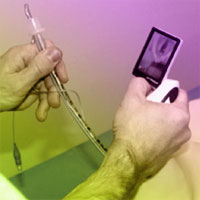
Ramped Position versus Sniffing Position during Endotracheal Intubation
A Multicenter, Randomized Trial of Ramped Position versus Sniffing Position during Endotracheal Intubation of Critically Ill Adults. Hypoxemia is the most common complication during endotracheal intubation of critically ill... read more

Bi-level Ventilation: Who Needs it and Who Doesn't?
Bi-level ventilation is commonly used in patients with respiratory failure in the emergency department. This is a brief review of the indications for bi-level ventilation as well as a review of the complications of this popular... read more
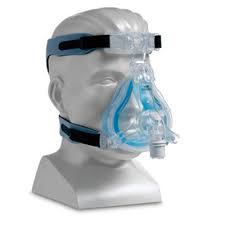
Rocketamine vs. Keturonium for Rapid Sequence Intubation
Airway management is a detail-oriented sport. Minor nuances of patient positioning can be essential. Or gentle laryngeal manipulation. Apneic oxygenation can improve first-pass success. Placing the pulse oximeter on the... read more

Hemodialysis and Survival in Intubated Salicylate-Poisoned Patients
Salicylate-poisoned patients can be incredibly complex and severely ill. Secondary to the significant acid-base abnormalities that can accompany salicylate poisoning, hemodialysis (HD) is sometimes required to facilitate... read more

Post Intubation Hypotension: The AH SHITE mnemonic
Here is a crowd sourced approach that will allow most etiologies of post intubation hypotension to be identified: The AH SHITE mnemonic is something that you can quickly run through en route to the patient’s room, or at... read more
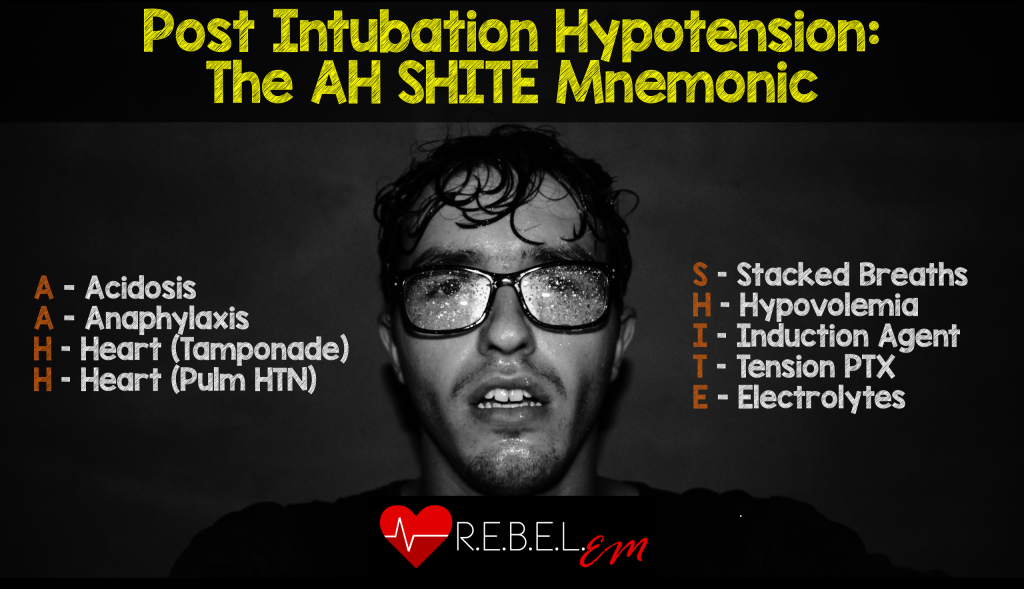
Telemedicine and e-Health
Telemedicine-Assisted Intubation in Rural Emergency Departments: A National Emergency Airway Registry Study. Intubation in rural emergency departments (EDs) is a high-risk procedure, often with little or no specialty support.... read more

Early Palliative Care in Advanced Illness
As the on-call pulmonary critical care fellow, I listened to a family member plead with me to "do right by Mama." The emergency department team consulted me for possible intensive care unit (ICU) admission on a... read more

A Call for Fresh Airway Management Standards
Anesthesiology News recently reported on a study that promoted the LMA in prone position to "avoid intubation, reduce use of relaxants and minimize airway trauma." This study reflects increasing confusion in a complex... read more
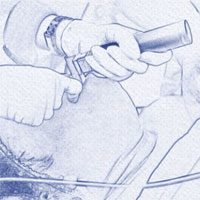
Alternative techniques for tracheal intubation
Conventional direct laryngoscopy with the curved Macintosh blade is a fundamental skill for all anaesthetists and has been the cornerstone of airway management for many years. This technique relies on the operator aligning... read more
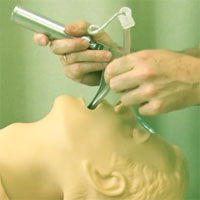
Arterial Blood Gas: Time and Motion Study
Nursing workload using the Proxima versus standard arterial blood gas sampling Arterial Blood Gas (ABG) sampling is carried out in intensive care units (ICU) every day. Traditionally the nurse takes the blood sample and... read more

Effects of Video vs Direct Laryngoscopy on Successful Orotracheal Intubation in ICU Patients
Among patients in the ICU requiring intubation, video laryngoscopy compared with direct laryngoscopy did not improve first-pass orotracheal intubation rates and was associated with higher rates of severe life-threatening... read more
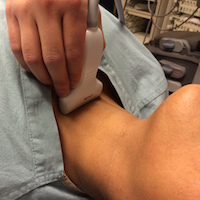
Findings do not support early tracheal intubation for in-hospital cardiac arrest in adults
Decreased survival to hospital discharge was found with the initiation of tracheal intubation compared with no intubation in adult patients experiencing in-hospital cardiac arrest when the tracheal intubation was initiated... read more

Audible Leak Test Accurate Measure for Tracheal Tube Sizes
The audible leak test is a reliable method for verifying appropriate tracheal tube sizes in infants and children, according to a recent study. Many factors can affect the results of the audible leak test, according to the... read more

Use of Supraglottic Airways in Patients in the Prone Position
Supraglottic airways (SGAs) may work well for prone spinal procedures of short duration, according to a recent study. But others consider this a dangerous practice. SGA use has been studied in the prone position but with... read more








